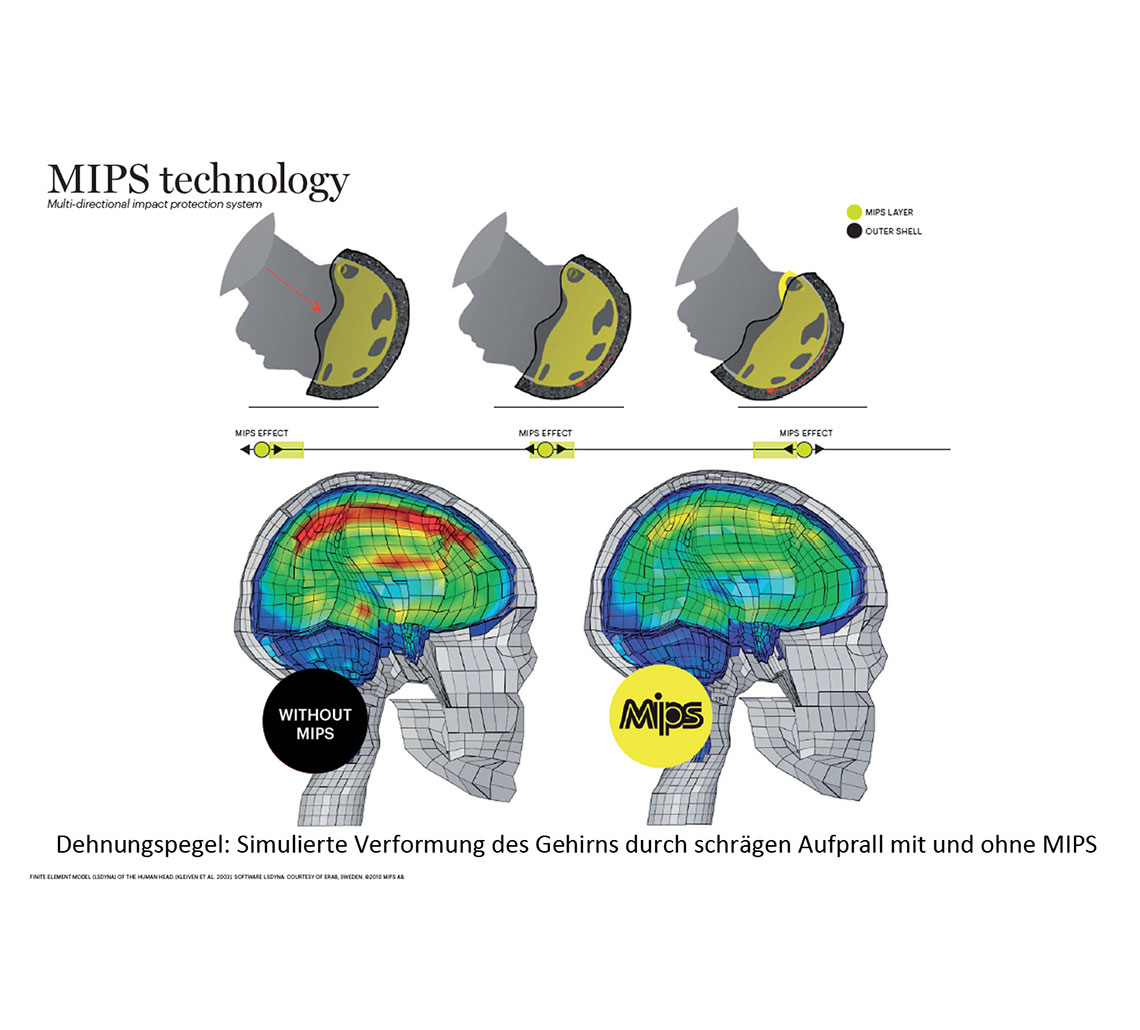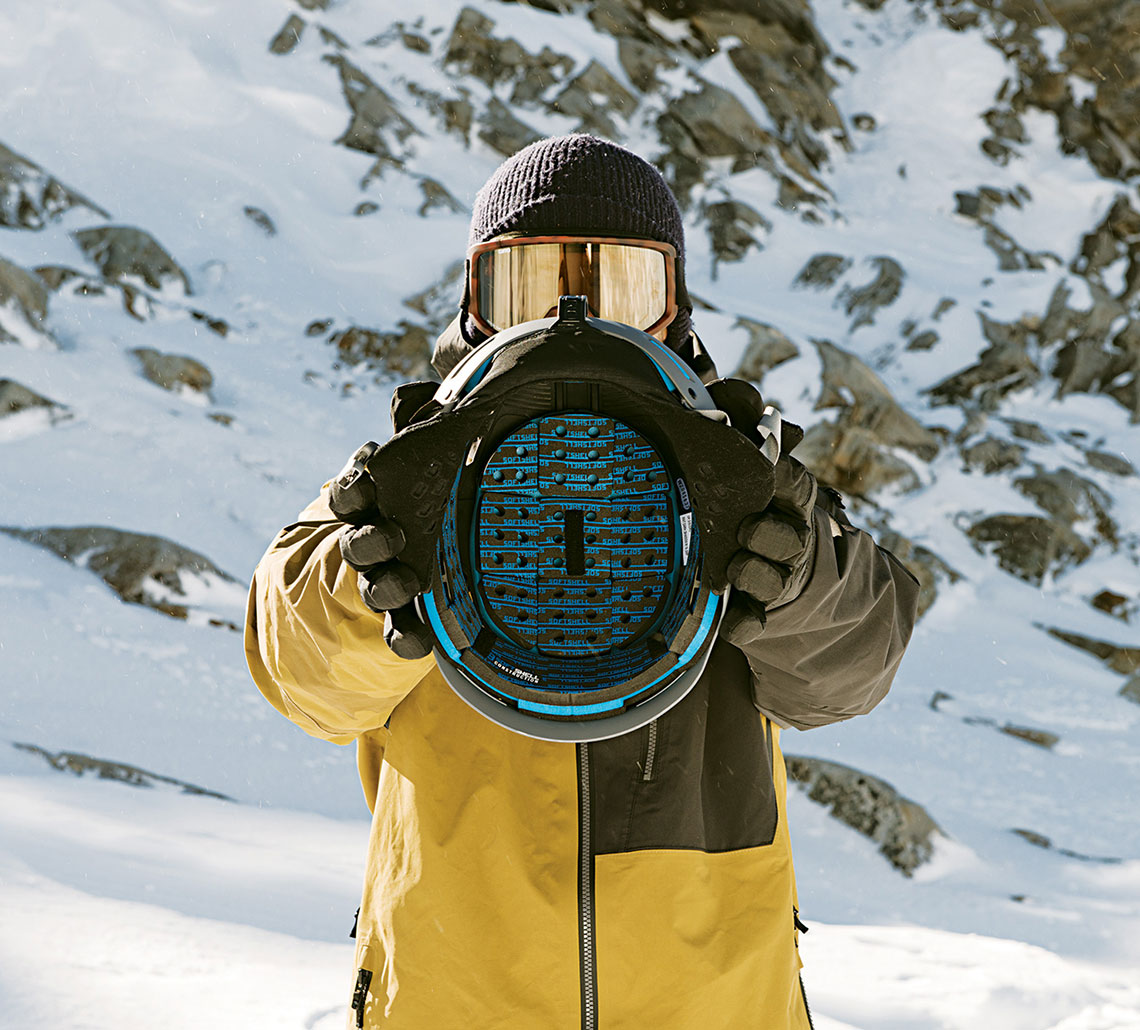Helmets for Skiers
.


Skiing and snowboarding can be dangerous, and it is not only in the are of racing that rough crashes lead to injuries, they can also happen on flat slopes. Be it due to overestimating yourself or the carelessness of others. To prevent injuries to your head as good as possible, you should always wear a ski helmet.
Be it in deep powder, the steepest runs, in the park or on the beginners’ lift. In all areas of winter sport: on-piste skiing, snowboard, freeride ski, freestyle ski, touring ski or when going sledding. Today, ski helmets have become the standard. Very rarely, you see people without helmets and certainly, this is no longer viewed as cool. Because ski helmets do not only guard your head, they are also comfortable, good-looking and offer a bunch of additional features!
The ski helmet is not just a simple shell around your head
On the market, there are two different kinds of ski helmet constructions: in-mold and hardshell. Both have their pros and cons.
In-mold system ski helmet: Here, the outer and inner shell are formed in one step. The outer shell is very thin, which is why this helmet weighs a little less. Furthermore, the ventilation is easier, because as with bike helmets, you have large openings which are easily opened and closed using sliders.
Hardshell helmet: The thicker outer shell made of hard plastic or carbon is clogged with the inner shell. The helmets weigh a bit more, but also offer a bit more protection. These can also be ventilated, although it is a little more complicated: The airstream basically flows through the two shells, removing heat. As these helmets offer some additional protection, they are commonly used in racing.
What they both have in common: the structure of the helmet and its layers can get hairline cracks or other damages in case of a crash, even when not visible. This is why you should always replace your helmet after a hard fall.

You should always replace your helmet after a hard fall

To make the helmet actually work properly, it needs to fit well and stable. But be careful: The size indications of the various brands differ. As of this, a helmet of size M can be smaller or larger by one brand than by another. Best is, to measure your head circumference and compare it to the different sizes. If you can, try several helmets to find the best fitting. Many brands also give you the possibility of fine adjusting using a small cog. To test whether the helmet really fits, put it on open, do not close the chinstraps. Then, shake it properly. The helmet should stay where it is, not move too much and certainly not hinder your view.
HALF-SHELL OR FULL-SHELL SKI HELMET?
There are also different variants of helmet shape, mainly depending on preferences and the area of application. The most common is the half-shell helmet. In this, the shell extends to just above the ears. These are then covered with softer ear pads, which are usually removable. In contrast, there is the full-shell helmet, where the ears are also completely covered with a shell. These helmets offer a little more protection on the sides and are therefore mainly used in the race area. In addition, there are still full-face ski helmets, which are firmly closed around the chin area. However, these are used rather rarely. Similar to this, some ski helmets integrate the ski goggles directly in the form of a full-face design. Here, the helmet is directly equipped with a visor.
FUNCTIONS AND FEATURES OF A SKI HELMET
Besides its fit, size and construction, there are other more or less important features. One is the goggle attachment: Because to ensure that the ski goggles also fit well and do not fall off the ski helmet, a goggle attachment, which is attached to most ski helmets, is advantageous.
Other additional points of the ski helmets are pre-installed screw threads for cameras or built-in speaker systems. Especially interesting for ski tourers are headlamp devices or built-in RECCO reflectors. Also, whether the interior is replaceable and anti-allergenic and how the ventilation system works. In the race sector, ski helmets with removable chin protectors are relevant.

To test whether the helmet really fits, put it on open, do not close the chinstraps